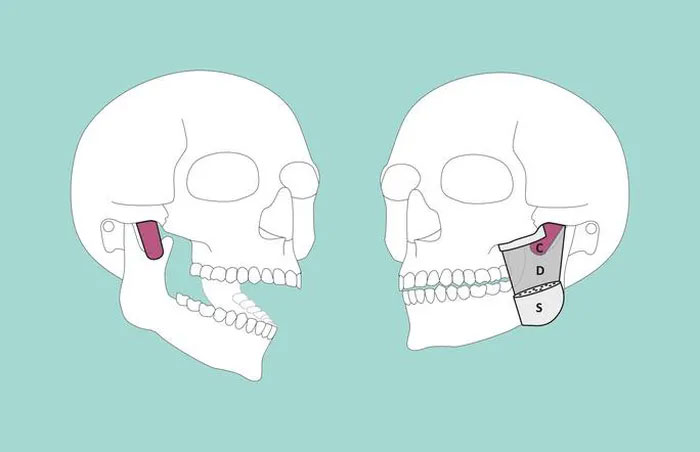A research team led by Dr. Szilvia Mezey from the Department of Biomedical Sciences at the University of Basel and Professor Jens Christoph Türp from the University Dental Clinic Basel (UZB) has described a completely new structure in the masseter muscle region of the human jaw.
According to a publication in the scientific journal Annals of Anatomy, this muscle layer has been named “Musculus masseter pars coronidea”, which has never been identified before.

Graphic depicting the structure discovered in the human body, specifically in the jaw area. (Image: Jens C. Türp, University of Basel/UZB)
This discovery comes from an anatomical study based on detailed examination of fixed jaw muscles using formalin, computed tomography scans, and analysis of stained tissues from cadavers donated to science. This special muscle layer will be added to MRI data to help improve imaging diagnostics in living individuals.
Dr. Mezey explained to Medical Xpress: “This deep part of the masseter muscle can be clearly distinguished from the other two layers in terms of its process and function. The arrangement of muscle fibers suggests that this layer is related to the stability of the mandible. It appears to play a role in retracting the lower jaw.”
The masseter muscle has long been known as the most prominent muscle in the jaw. You can feel it by placing your fingers behind your cheek and clenching your teeth. Traditional anatomy books describe the masseter muscle as consisting of two layers, including a superficial part and a deep part. The newly discovered muscle layer is the deepest, hidden behind the two known layers.


















































